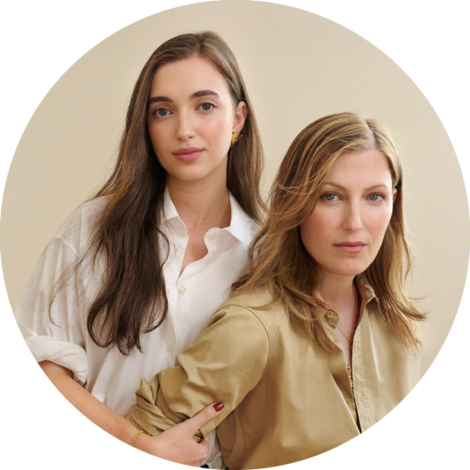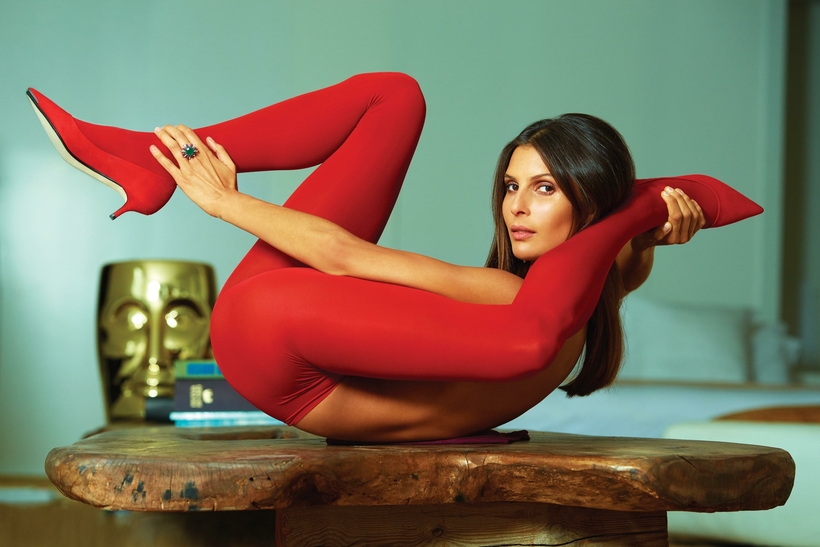Many languages, including English, have words to distinguish between houses (structures or spaces where people primarily live) and homes—structures or spaces where people are living, have lived, will live until they perish or move. The difference is usually understood more by vibe than a handful of qualifying characteristics, but the easiest way to describe a home is something that facilitates life, protects and nurtures it, while also, in the process, becomes something vital itself. Homes might be houses with minds, bodies, and souls. If so, Dr. Gautam Gulati might be one of the few professionals suited to become their primary-care physician.
Gulati is a doctor of internal medicine, but we’re not talking about that right now. He wears many hats—a wardrobe of eight, including physician, professor, and public speaker—but his latest venture, called the Well Home, is a highly specialized interiors firm.
The idea that one’s habitat has a direct and multi-layered impact on their overall health may be as old as common sense. But only recently has the idea become compacted, commodified, and given the polish of a luxury product—health by (interior) design. Enter the wellness room. Feeling better already?
Gulati styles himself as “Dr. G,” a nickname that reflects his cool and fraternal effect but may also help distinguish him from the soap-opera actor turned Bollywood star of the same name. His speech is tailor-made for the Ted Talk stage. A YouTube commenter, beholding one such talk (“We Need to Cultivate Health Artists”), described him as the “Indian George Clooney.” He has noticeably perfect grooming and frequently accessorizes with scarves. “I think I’m the only doctor designer, like a medical doctor who is also an interior designer,” he says.
A cursory Google search casts this as probably false, but it doesn’t matter; interior designer–doctors are as rare as astronauts and deserve our respect. Humans aren’t a celestial species as much as they are an indoor one. There’s a popularly cited statistic that we the people spend 90 percent of our time inside—Dr. G mentioned it in our interview—and although this particular assessment appears to be based on a 2001 study funded by the E.P.A., experts say it’s probably true, and probably even worse now, given recent events. The Well Home’s luxury prong, its sharpest and longest, partners with real-estate firms such as Sotheby’s to offer Dr. G’s design medicine as an à la carte service. The Well Home also has a menu of eight wellness “modules,” representative examples of respite places like the Sleep Sanctuary, the Mindful Haven, and the Smart Health Bathroom.
His signature cocktail is the Social Speakeasy, a communion place only lightly threatened by the unwellness of alcohol consumption. “It’s not necessarily about—you know, as the Well Home, we’re not encouraging people to drink,” he notes. “It’s more about gathering.” By creating spaces, wellness rooms help someone create behaviors, informed not by the person they are but the person they want to be. Then it’s about nailing the details—outfitting the Social Speakeasy with a record collection or a stash of board games, or the Sleep Sanctuary with circadian lighting and a temperature-controlled mattress, or the Smart Health Bathroom with app-enhanced showers and semi-sentient mirrors.
Wellness interior design has taken on the whiff of a nascent cottage industry—or so it goes. New York’s the Well recently unveiled its Well Residences, a 54-unit development in Bay Harbor, Florida, that includes appointments with an on-site health-and-nutrition staff and “lymphatic drainage showers,” according to Town & Country. More than half of the units have sold, starting at $1.2 million. For the centuries leading up to this one, wellness dwelling has been a more instinctive and less commercial pursuit. Hygge, the Danish philosophy that corresponds to a sense of personal warmth, emphasizes both coziness and community. Forgoing overhead lighting for scattered “islands” of lamps is hygge; so is living on a cul-de-sac. Even more familiar is feng shui, or “wind and water”—the Chinese art of placement. Feng shui had been more of a scholarly topic until the 70s and 80s, when it found its way into Western fashion—and to those, like the graphic designer Milton Glaser, who had the means to hire expensive professionals from Hong Kong. After six burglaries, Glaser feng shuied his office, and the crimes ceased.
Humans aren’t a celestial species as much as they are an indoor one.
The 90s brought with them a greater awareness of the materials used in the buildings around us—and the arrival of the first building certifications, like LEED, that assessed a structure’s health relative to things such as energy, the environment, and the humans it shelters. Now low carbons or low V.O.C.’s (volatile organic compounds, like benzene) are common enough considerations to be rote, especially in the houses of those most likely to be conscious of their effects—according to Brigette Romanek, a Los Angeles–based designer who has crafted such sanctums for the likes of Gwyneth Paltrow.
But when one truly needs to connect with their self, what they usually need is a little room. “It could be, I need a place for me to be able to meditate, I need a gym, I need a massage room, I need an altar,” says Romanek. “I can say I’ve done all of those things.” For every wellness journey is a destination. She remembers one client who was lukewarm on the idea of a home spa; together, they decided on a greenhouse instead. Another had a walk-in closet but not enough clothes, so Romanek helped her turn it into what she calls a “jewel box,” where she can retreat to read or meditate; it locks from the inside.
Lately you could describe her job as trafficking high-tech wellness equipment to America’s wealthiest corridors. On the eastern tip of Long Island, she recently converted someone’s guesthouse into an on-site spa, with a gym, sauna, and massage room. In Atlanta, she built a private hyperbaric chamber; new models start at $10,000. “My clients are really informed on what they want to feel and what their story is in terms of wellness,” she told me. “The story is getting bigger and bigger and bigger.”
In Montecito, the warren of Santa Barbara where Oprah, Paltrow, and Meghan Markle notoriously and privately dwell, she’s been planting plunge pools so her clients can access the health benefits of extremely cold water at home. These, she tells me, are a particularly fun challenge, like a designer’s Rubik’s Cube: “They’re tough to make look good,” Romanek says, laughing. Nevertheless, she does.
Brennan Kilbane is a New York–based writer. He is originally from Cleveland, and his interviews and essays have appeared in GQ, New York magazine, and Allure, where he was recently on staff as a features writer





